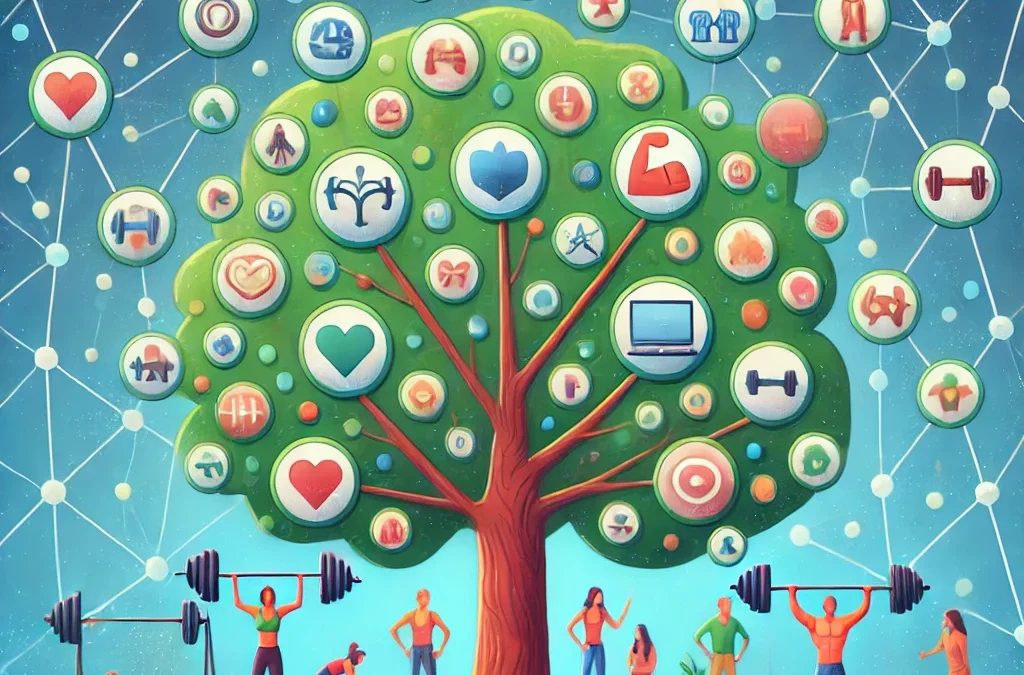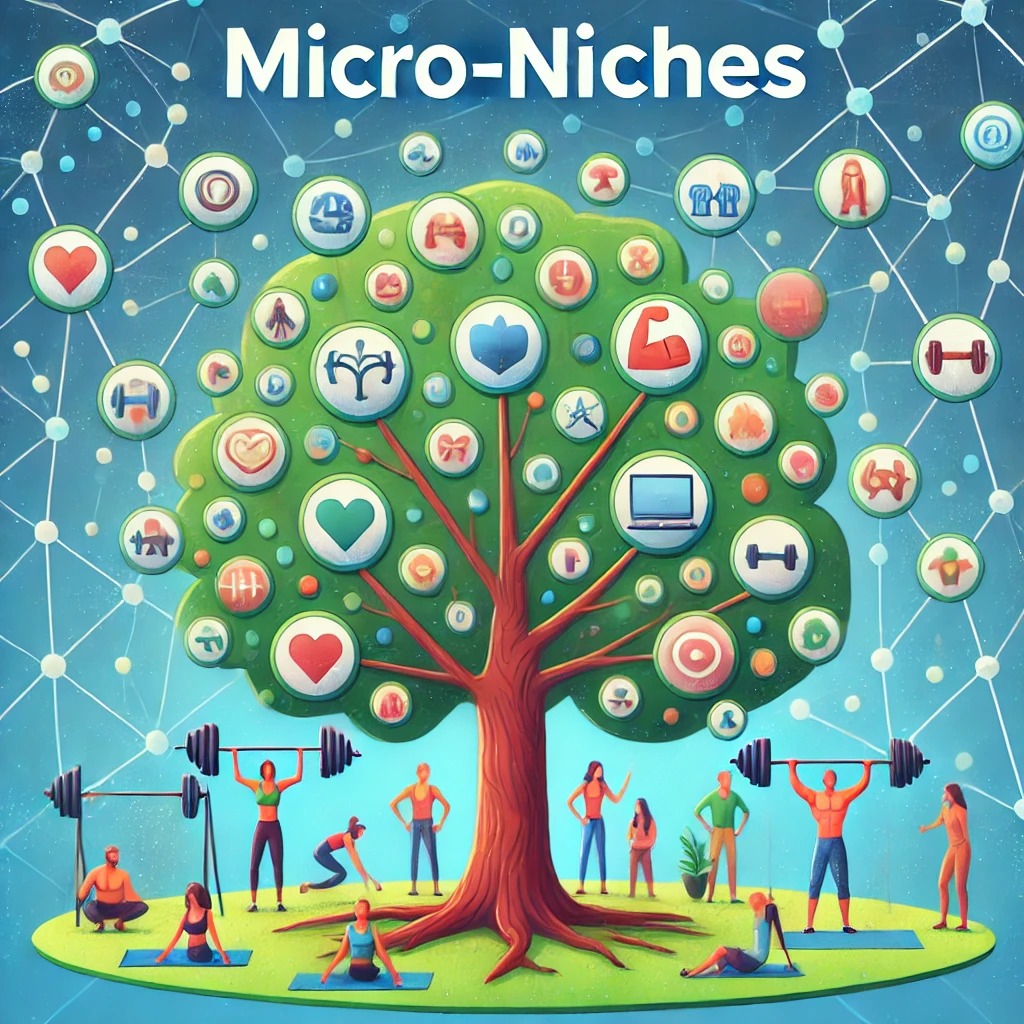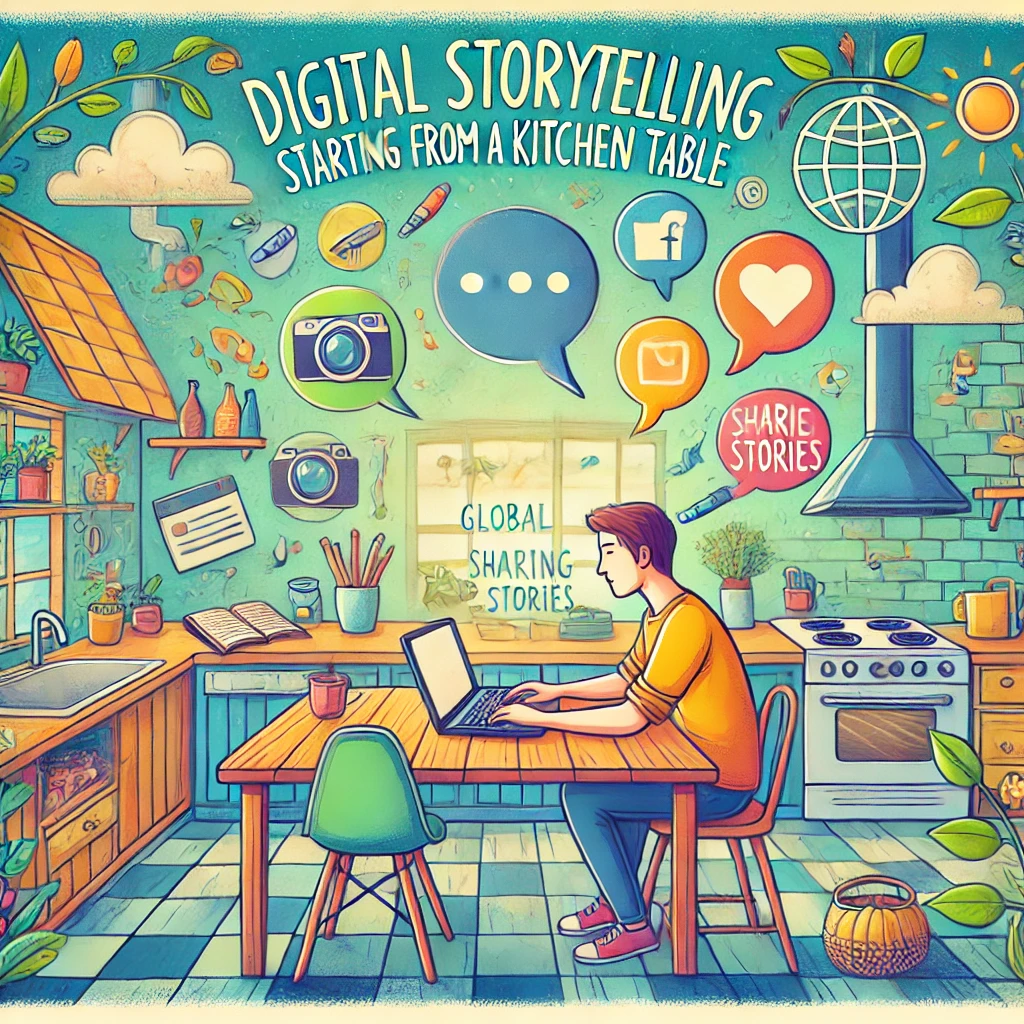
Mindfulness Techniques For Online Business Owners
Mindfulness is getting a lot of attention in today’s fast-paced digital world, and for good reason.
Running an online business comes with unique stressors—constant notifications, overflowing inboxes, and the pressure to keep up with trends.
It’s easy to feel overwhelmed, making it hard to focus on what truly matters.

Common stress triggers include managing remote teams, dealing with unexpected tech issues, and maintaining customer engagement. I
t can all pile up, leading to mental clutter that slows you down. But mindfulness can make a real difference. At its core, mindfulness is about being present and aware, helping you clear distractions and improve well-being. Studies show that mindfulness reduces stress, boosts immunity, and improves sleep. For online business owners, it can also enhance productivity and decision-making, making daily challenges feel more manageable.
Practical Mindfulness Techniques for Busy Online Business Owners
Running an online business often feels like juggling a thousand tasks, which is why having simple mindfulness techniques in place is essential.
- Mindful Breathing – A great starting point, this technique helps calm a racing mind. Take a few slow, deep breaths and focus on each inhale and exhale. This can be done anywhere, whether you’re at your desk or in between meetings.
- Mindful Breaks – Working long hours without a break isn’t productive. Every couple of hours, step away from your screen for five to ten minutes. Stretch, walk around, or simply close your eyes and breathe.
- Basic Meditation – No need to sit cross-legged on a mountain! Find a quiet space, close your eyes, and focus on your breath for a few moments. Even two minutes can reset your focus.
- Mindful Listening – In conversations with clients, partners, or your team, give them your full attention. This improves communication and builds stronger relationships.
Try It Now: Take a deep breath in through your nose, hold for three seconds, then exhale slowly. Repeat three times. Notice how you feel after just 30 seconds.
The key is simplicity—no need for complicated routines or any type of Lycra!. By adding these small practices into your day, online entrepreneurship becomes far less overwhelming.
Using Digital Tools to Support Mindfulness
- Mindfulness Apps – Apps like Headspace and Calm offer guided meditations that fit into a busy schedule, making it easier to build mindfulness into your routine.
- Time Management Tools – Platforms like Trello and Asana help organise tasks so you can focus without feeling overwhelmed. Planning your day realistically makes a huge difference.
- Online Communities – Engaging with like-minded people in forums or social media groups focused on mindfulness provides motivation and support.
- Mindful Customer Interaction – Apply mindfulness principles in your online communication. Respond thoughtfully to customer queries and create content that aligns with your values.
- Focus & Time Tracking Tools – Apps like Forest help you stay focused by encouraging screen-free time, while RescueTime tracks where your time goes, helping you work more mindfully.
By using these tools, you can balance technology with mindful habits to make your workday more productive and less stressful.
Boosting Creativity Through Mindfulness

Many online entrepreneurs rely on creativity, whether for content creation, marketing, or problem-solving.
Mindfulness can enhance creative thinking by reducing distractions and increasing mental clarity.
- Take a mindful pause before brainstorming – Instead of jumping straight into a task, take five minutes to focus on your breath or step outside for a short walk. This can refresh your mind and spark new ideas.
- Journaling for Clarity – Writing down your thoughts in a structured way can help untangle creative blocks and inspire fresh perspectives.
Avoiding Overwhelm – Practicing mindfulness can prevent burnout, allowing creativity to flow more naturally rather than feeling forced.
Sustaining Mindfulness: Long-Term Strategies for Online Business Owners
Mindfulness isn’t just a one-time fix—it’s a long-term strategy for reducing stress and improving work-life balance.
- Create a Personal Routine – Find what works best for you, whether it’s morning meditation, a mindful walk, or an evening wind-down practice.
- Build a Mindful Work Culture – If you have a team, encourage mindfulness in your workplace. Promote open communication and introduce small habits like starting meetings with a few deep breaths.
- Embrace Setbacks – You won’t always get it right, and that’s fine. If you miss a meditation session or have a stressful week, don’t be hard on yourself. Mindfulness is about being kind to yourself and moving forward.
- Learn from Others – Many entrepreneurs who practise mindfulness report clearer priorities, improved creativity, and better decision-making. When mindfulness is part of your business mindset, it positively impacts both you and your business in the long run.
And Finally…
Mindfulness isn’t about adding another ‘to-do’ to your list. It’s about making small shifts that help you stay present, reduce stress, and improve focus.
By incorporating simple techniques, using the right tools, and building sustainable habits, mindfulness can become a natural part of your online business journey.
Remember, you don’t need to be perfect at mindfulness—it’s about progress. Even one mindful breath a day can help!
Here’s a little transparency: My website contains affiliate links. This means if you click and make a purchase, I may receive a small commission. Don’t worry, there’s no extra cost to you. It’s a simple way you can support my mission to bring you quality content.
















